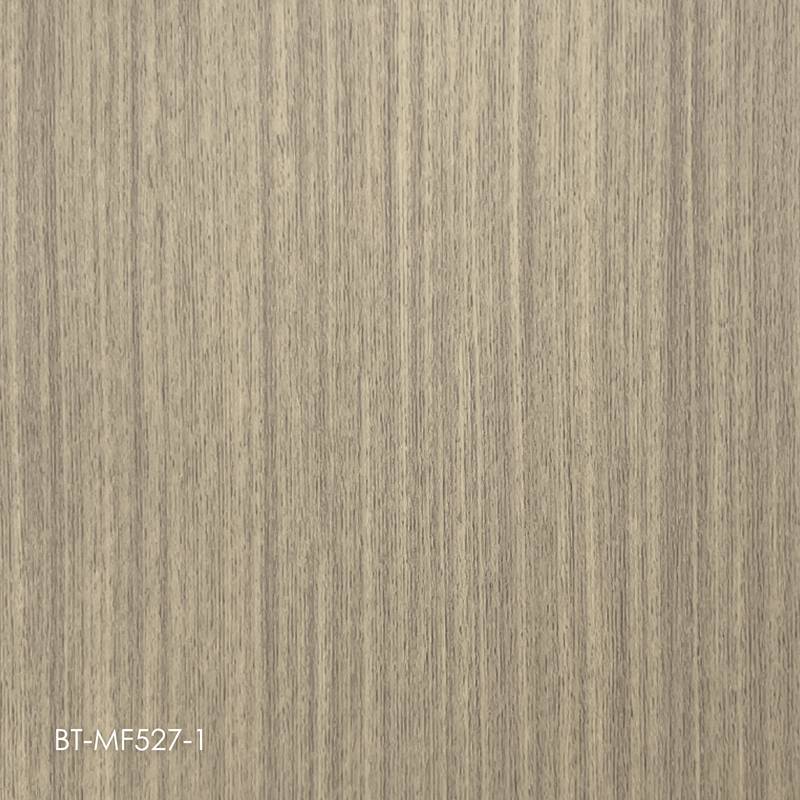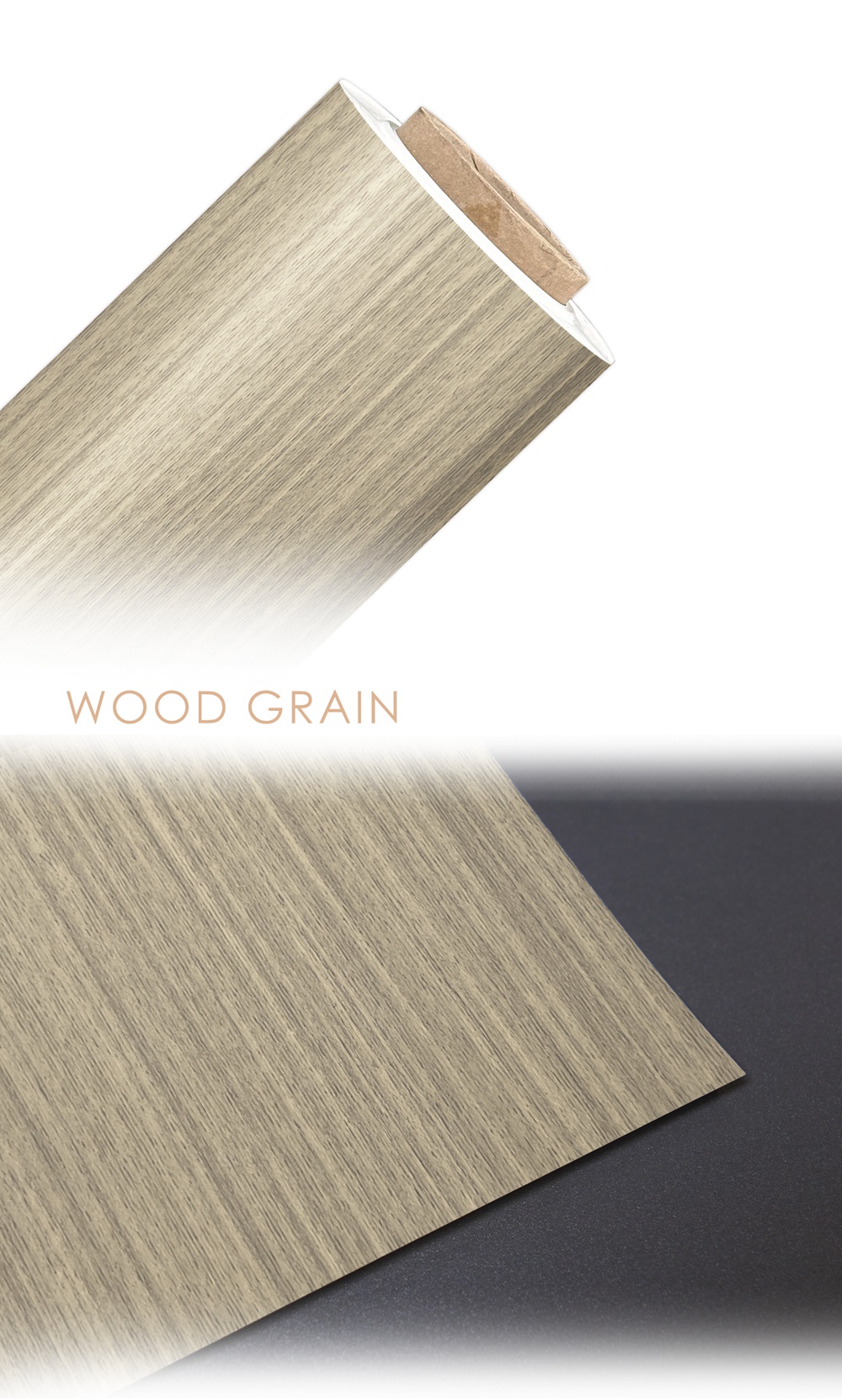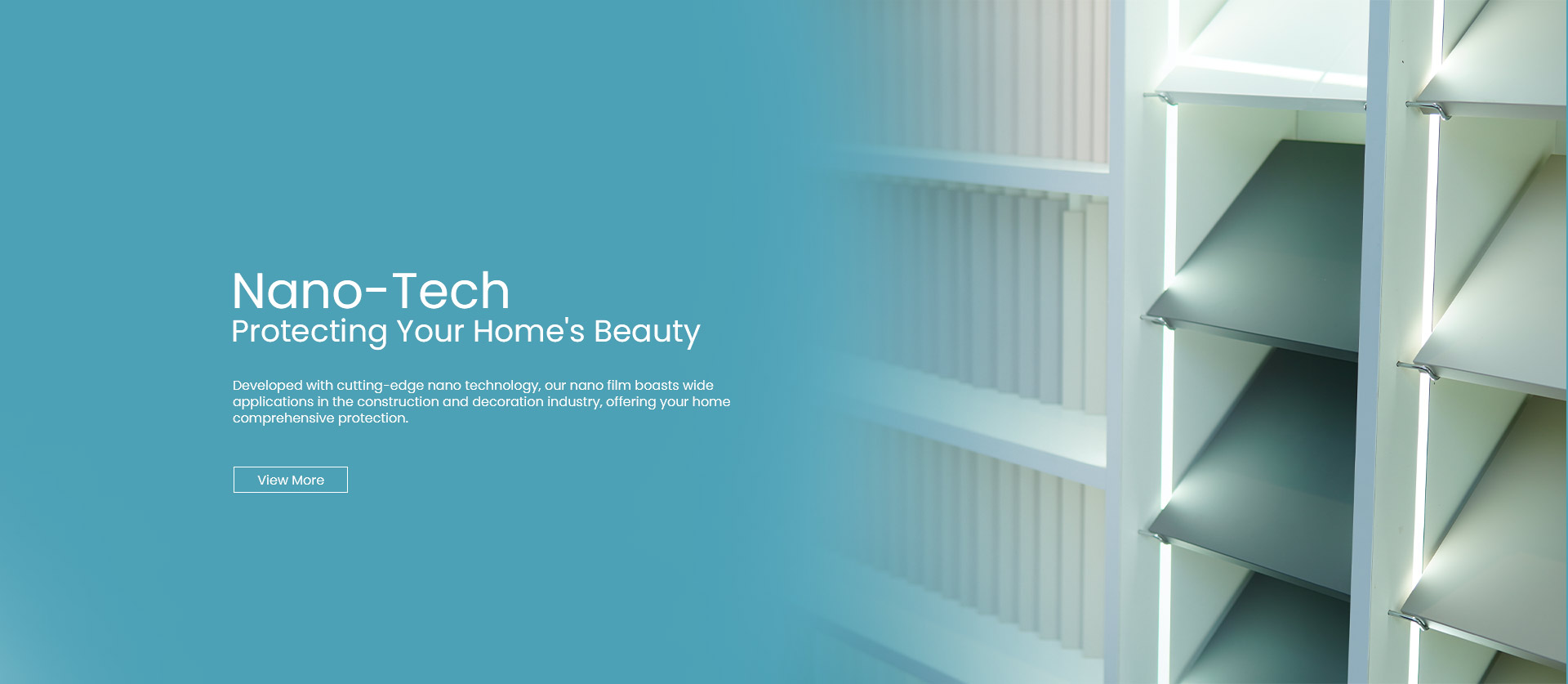Polyester PET Film The Core Material for Changing Packaging and Industrial Sectors
Polyester PET (polyethylene teraphthalate) plastic has a very wide area of application from packing, electronics and many more. PET is probably the strongest and most chemically resistant of all film forming polymers used commercially today. The specific thesis of this article is the key properties, the scope of uses and advantages of polyester pet film are considered, and explained, why once again this material is one of the most essential to modern industry.

1. What is Polyester pet film?
Polyester pet film is a thermoplastic polymer that is strong yet flexible and durable, and resistant to chemicals and moisture. It is manufactured through a drawing process which provides the films with good tensile strength, good optical properties and good dimensional stability. They are crucial for helping to enhance durability, such as providing clarity, protective, and management elements in products requiring such features.
High Strength and Durability: Due to its durability to tearing and breaking, PET film, perfect for a heavy-duty application where a strong yet lightweight film is needed.
Temperature and Chemical Resistance: Because of its very good tempurature resistance and chemical resistance, polyester PET film was a good fit for rugged industrial use.
2. Uses in the Packaging Sector
Due to the protective and cosmetic properties of the polyester PET films, the packaging industry remains the largest end user of these films. It finds applications in packaging of food, beverages, and pharmaceuticals, where protection of the product is a necessity.
Packaging of Food and Beverages: In the case of food packaging, PET films serve as a barrier to water vapour, oxygen and other contaminants and enhance shelf life and food integrity. Its see through nature enables consumers to see the product, which serves as an attractive factor.
Medical and Pharmaceutical Packaging: In medical and pharmaceutical uses, PET film is designed to provide sterile and secure packaging that safeguards delicate items against contamination, increases shelf life, and conforms to rigorous regulations.
3. Electro-Technical and Industrial Uses
The electrical and industrial sectors benefit from the application of polyester PET films which demonstrate insulating properties and high durability. It’s functional under severe conditions necessitating components needing durability and protection.
Electrical Insulation: Because of its dielectric qualities, PET Film is primarily used as an insulating material in electrical appliances. Such components as capacitors, transformers and motors are made with it, ensuring their efficient and reliable operation.
Industrial Coatings and Laminates: Polyester PET film is used to form a protective coating in industrial applications that intern has the ability to resist heat and chemical attack in laminates, labels, and coatings which require to be in exposure to hostile environments.

4. Eco-friendly Potential and Recyclability
Polyester PET film is also recyclable with a good potential of sustainability, deepening the reasons that stir the eco-friendly manufacturing craze. It allows for reuse by creating new PET products helping to reduce dumping while enhancing circular economy tenets.
Recyclable and Sustainable: The quality of PET film once treated does not hinder it from being used again and further, it is fully suitable for manufacturing industries looking for greener practices to maintain.
Support for Green Packaging: The usage of recyclable PET film in packaging results in less plastic rubbish and helps brands maintain environmental ethics while targeting eco-friendly customers.
5. Key Advantages of Polyester PET Film
The polyester with a composition of PET film comes with its shine but still further carrying great capability of ability to fuse in with other properties. Its transparency, low-temperature resistance, and recyclability mean it is a top-notch material to live within the manufacturing industry of current times. For the niche of businesses that gravitates around maintaining good quality, high tie reliability, and a strong green side, the PET film presents an appropriate intervention that is efficient and relevant for current times manufacturing needs.
Conclusion
PVC is a versatile polymeric material that is used for a large number of applications, for instance in food and drug packaging and in electrical insulation. Its strength, endurance, and recyclability render it pivotal alongside industries – all while enhancing quality and enabling functionality. Industries focusing on strength and ecological sustainability find value in polyester metalized films, helping them to advance their products in a responsible manner.


